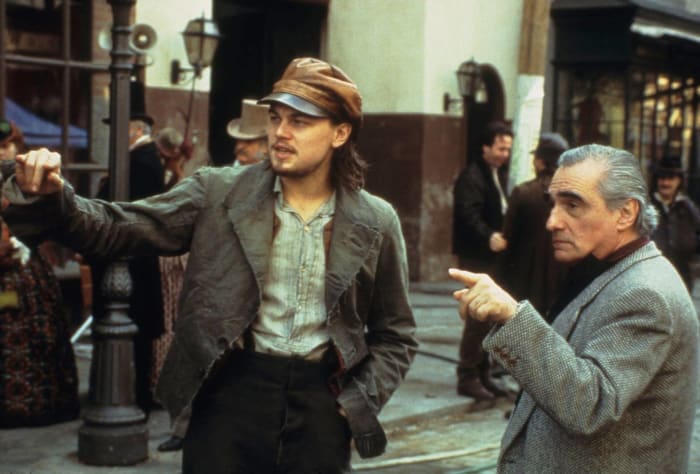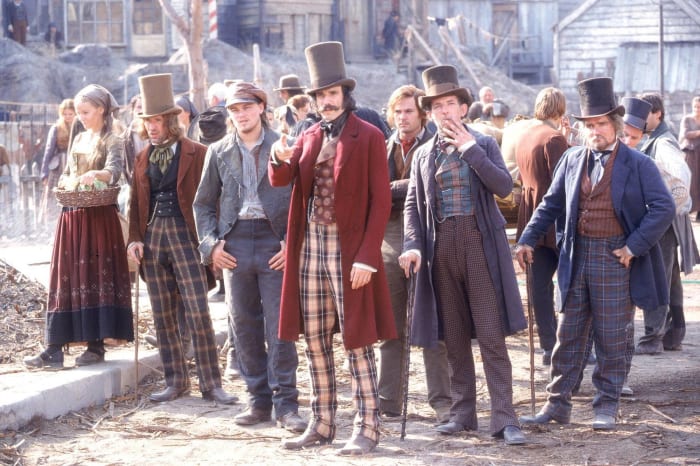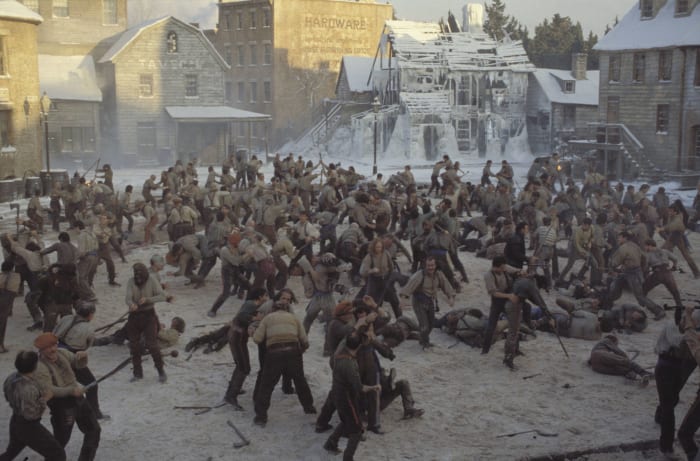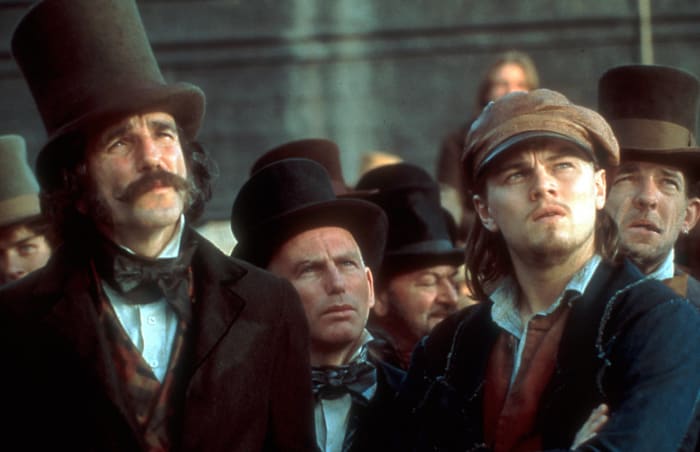- Home
- Quizzes
- My Quiz Activity
- Newsletters
- Sports Betting
- MY FAVORITES
- Add Sports/Teams
- SPORTS
-
NFL
- NFL Home
- Arizona Cardinals
- Atlanta Falcons
- Baltimore Ravens
- Buffalo Bills
- Carolina Panthers
- Chicago Bears
- Cincinnati Bengals
- Cleveland Browns
- Dallas Cowboys
- Denver Broncos
- Detroit Lions
- Green Bay Packers
- Houston Texans
- Indianapolis Colts
- Jacksonville Jaguars
- Kansas City Chiefs
- Las Vegas Raiders
- Los Angeles Chargers
- Los Angeles Rams
- Miami Dolphins
- Minnesota Vikings
- New England Patriots
- New Orleans Saints
- New York Jets
- New York Giants
- Philadelphia Eagles
- Pittsburgh Steelers
- San Francisco 49ers
- Seattle Seahawks
- Tampa Bay Buccaneers
- Tennessee Titans
- Washington Commanders
-
MLB
- MLB Home
- Arizona Diamondbacks
- Atlanta Braves
- Baltimore Orioles
- Boston Red Sox
- Chicago White Sox
- Chicago Cubs
- Cincinnati Reds
- Cleveland Guardians
- Colorado Rockies
- Detroit Tigers
- Houston Astros
- Kansas City Royals
- Los Angeles Angels
- Los Angeles Dodgers
- Miami Marlins
- Milwaukee Brewers
- Minnesota Twins
- New York Yankees
- New York Mets
- Oakland Athletics
- Philadelphia Phillies
- Pittsburgh Pirates
- San Diego Padres
- San Francisco Giants
- Seattle Mariners
- St. Louis Cardinals
- Tampa Bay Rays
- Texas Rangers
- Toronto Blue Jays
- Washington Nationals
-
NBA
- NBA Home
- Atlanta Hawks
- Boston Celtics
- Brooklyn Nets
- Charlotte Hornets
- Chicago Bulls
- Cleveland Cavaliers
- Dallas Mavericks
- Denver Nuggets
- Detroit Pistons
- Golden State Warriors
- Houston Rockets
- Indiana Pacers
- Los Angeles Clippers
- Los Angeles Lakers
- Memphis Grizzlies
- Miami Heat
- Milwaukee Bucks
- Minnesota Timberwolves
- New Orleans Pelicans
- New York Knicks
- Oklahoma City Thunder
- Orlando Magic
- Philadelphia 76ers
- Phoenix Suns
- Portland Trail Blazers
- Sacramento Kings
- San Antonio Spurs
- Toronto Raptors
- Utah Jazz
- Washington Wizards
-
NHL
- NHL Home
- Anaheim Ducks
- Arizona Coyotes
- Boston Bruins
- Buffalo Sabres
- Calgary Flames
- Carolina Hurricanes
- Chicago Blackhawks
- Colorado Avalanche
- Columbus Blue Jackets
- Dallas Stars
- Detroit Red Wings
- Edmonton Oilers
- Florida Panthers
- Los Angeles Kings
- Minnesota Wild
- Montreal Canadiens
- Nashville Predators
- New Jersey Devils
- New York Islanders
- New York Rangers
- Ottawa Senators
- Philadelphia Flyers
- Pittsburgh Penguins
- San Jose Sharks
- Seattle Kraken
- St. Louis Blues
- Tampa Bay Lightning
- Toronto Maple Leafs
- Vancouver Canucks
- Vegas Golden Knights
- Washington Capitals
- Winnipeg Jets
- NCAAF
- NCAAM
- Boxing
- Entertainment
- Lifestyle
- Golf
- MMA
- Soccer
- Tennis
- Wrestling
- More Sports
- RESOURCES
- My Account
- YB on Facebook
- YB on Twitter
- YB on Flipboard
- Contact Us
- Privacy Policy
- Terms of Service

We’ve seen movies about warring gangs before. Some of them are violent. Some of them involve a lot of singing and dancing. Gangs of New York takes things in a different direction by setting itself in America at the brink of civil war. A legend of the gangster film took his usual tropes and dropped them in an entirely different milieu. It turned into an epic that was a bit polarizing but generally considered a big success. Here are 20 facts about Gangs of New York for every true American.
Scorsese was first influenced by growing up in New York

New York is the center of many of Scorsese’s movies, which is fitting since he is a New York boy through and through. His experience growing up in Little Italy first piqued his interest. He saw tombstones from 1810 around Old St. Patrick’s Cathedral and noticed small basements under big buildings. This started him wondering who had lived in the city beforehand and how New York looked back in the day.
A book served as the inspiration

As he was starting his film career, Scorsese got his hand on a copy of the book The Gangs of New York: An Informal History of the Underworld. Herbert Ashbury wrote it in 1927 when the information was much fresher. This got him thinking about making an American epic out of it.
Scorsese wanted to make this movie for a while…a long while

The director first read The Gangs of New York in 1970, and later that decade, he made the movies Mean Streets and Taxi Driver. This led to him acquiring the rights to the book in 1979. Then, decades passed. It was not until 1999 that he finally found a production company that would help him mount his vision.
The movie started a fruitful working relationship

One of the stars of Gangs of New York is Leonardo DiCaprio as Amsterdam Vallon. This was the first time Scorsese and DiCaprio worked together, but not the last. Leo basically became the new Robert De Niro for Scorsese.
Some characters are based on real people

The film primarily takes place in 1860s New York City, and some real figures from the era are in the movie. P.T. Barnum is in a small role, and Jim Broadbent plays the infamous “Boss” Tweed, the New York political kingpin. Additionally, while Daniel Day-Lewis’ William “Bill the Butcher” Cutting isn’t real, he’s based on William Poole, also known as “Bill the Butcher.”
The movie had to head elsewhere to recreate the era

New York City looks a lot different than it did in 1862. That meant Scorsese couldn’t really shoot in the city to have it look accurate, and the director wanted to be as accurate as possible. Instead, the film was shot in Rome, Italy, where the Cinecitta Studio recreated chunks of mid-century New York.
The accents were perhaps too accurate for some

Vocal coach Tim Monich was put in charge of making sure the accents in the film were accurate. Like, really accurate. The Irish characters were not going to have a generic brogue but instead had distinct, actual dialects from Ireland and England. DiCaprio’s accent was based on Americanized Irish accents of the time. The “Nativist” accents were even trickier since that accent doesn’t really exist anymore. A wax cylinder from 1892 of Walt Whitman reading a poem was crucial to Monich’s work.
'Gangs of New York' was delayed for a while

The film was basically done shooting in 2001, but it wouldn’t be released until December 2002. Initially, it was said that 9/11 delayed the film, but Scorsese has refuted that. Instead, production company Miramax was heavy-handed in trying to get Scorsese to edit the film, specifically to cut it down.
The movie is fairly accurate

Tyler Anbinder, a professor at George Washington University, was interviewed about the movie for PBS. He called it quite accurate. Particularly, Anbinder praised the recreation of 19th-century New York. The professor said the visuals “couldn’t have been much better.”
However, not everything is accurate

Scorsese took some liberties. For example, William Poole died years before the Draft Riots depicted in the film and is not known to have killed anybody. Hey, they did change the character’s name to William Cutting. However, Anbinder said things weren’t as violent as Scorsese depicted, and there were more female and Chinese immigrants in New York than there really were at the time. On the other hand, Hell-Cat Maggie did really file down her teeth into points and wear brass fingernails. That’s a story worth delving into sometime.
We likely will never see Scorsese’s version of the film

Eventually, Scorsese and Miramax came to a (begrudging) agreement on the theatrical cut of Gangs of New York. Of course, Scorsese isn’t the first director to have a squabble over the cut for a film. Ridley Scott’s Blade Runner comes to mind. After the release of that movie, Scott recut it multiple times for different releases. Don’t expect that from Scorsese. According to his longtime collaborator and editor Thelma Schoonmaker, Scorsese doesn’t believe in director’s cuts.
It was a success, though not a big one

Gangs of New York ran 167 minutes and was long delayed, but people still wanted to see the new Scorsese movie when it hit theaters. In the end, the film made $193.8 million worldwide. That’s a fine total for an R-rated historical epic, but the movie cost $100 million to make. As such, it turned a profit, but not a massive one.
The movie was critically well-received

Then again, you make a Scorsese movie for the critical adoration and Oscars, right? It’s not about the money! Well, on that front, Gangs of New York did deliver. Many critics called it one of the year's top films, and it was also nominated for a whopping 10 Academy Awards. That included Best Picture, Best Director, and Best Actor for Daniel Day-Lewis.
And then, a goose egg

All those Oscar nominations had to bear some fruit. It’s Scorsese! Day-Lewis is one of the greatest actors of his (or any) generation. Not so much. Although it was nominated for 10 Oscars, the movie won zero of them. The big winner that night was another period piece, the musical Chicago. That night, the “Second City” scored an upset over the “Big Apple."
There was one highly-criticized part of the movie

Cameron Diaz was a big star in 2002, but she may not have been the right fit for the film. When it came to criticism of the movie, many singled out Diaz’s turn as pickpocket Jenny Everdeane as a low point. These days, her Irish accent is considered one of the worst ever committed to celluloid. Hey, they said the same thing about Brad Pitt. Diaz is in good company.
There was one shot that became unexpectedly poignant

At the end of the movie, Scorsese does a time-lapse of the growth of New York, watching William Cutting and Priest Vallon (Amsterdam’s father)’s graves go untended. As the city modernizes, we see sites like the Brooklyn Bridge and the World Trade Center. When the movie was shooting, the Twin Towers still stood. By the time it came out, that wasn’t the case. There was talk of removing them from the film before its release, but in the end, they decided to keep the Twin Towers in the movie.
Day-Lewis was, naturally, committed as ever

Day-Lewis is known as an actor who is incredibly committed to his work as a method actor. Indeed, he spoke with his character’s distinct accent for the entirety of the shoot, and he went beyond that. In a fight scene with DiCaprio, the actor had his nose broken but kept fighting. Additionally, he had a prosthetic glass placed over his eye since Bill the Butcher has a glass eye. In one scene, he manages to tap on the glass without blinking.
One thing did drive Day-Lewis mad, apparently

Break his nose. Put glass over his eye. Just don’t ask Day-Lewis to let his hair get greasy, apparently. The one thing that drove the actor up the way was Bill’s long, greasy hairdo. As soon as the movie was done, Day-Lewis shaved his head completely.
A very different actor was considered for Bill the Butcher

Day-Lewis seems like a perfect fit for William Cutting, but he wasn’t the first choice. Scorsese said that the role was first offered to, of all people, Tom Hanks. Yes, Hanks could have had the role of Bill the Butcher. Ultimately, he took another serious, violent role in Road to Perdition.
Chris Morgan is a sports and pop culture writer and the author of the books The Comic Galaxy of Mystery Science Theater 3000 and The Ash Heap of History. You can follow him on Twitter @ChrisXMorgan.
More must-reads:
- The 25 best movies and TV shows about the Middle Ages
- 23 films that were overlooked because of Barbenheimer
Trending in Entertainment
Customize Your Newsletter
 +
+
Get the latest news and rumors, customized to your favorite sports and teams. Emailed daily. Always free!
Use of this website (including any and all parts and
components) constitutes your acceptance of these
Terms of Service and Privacy Policy.


